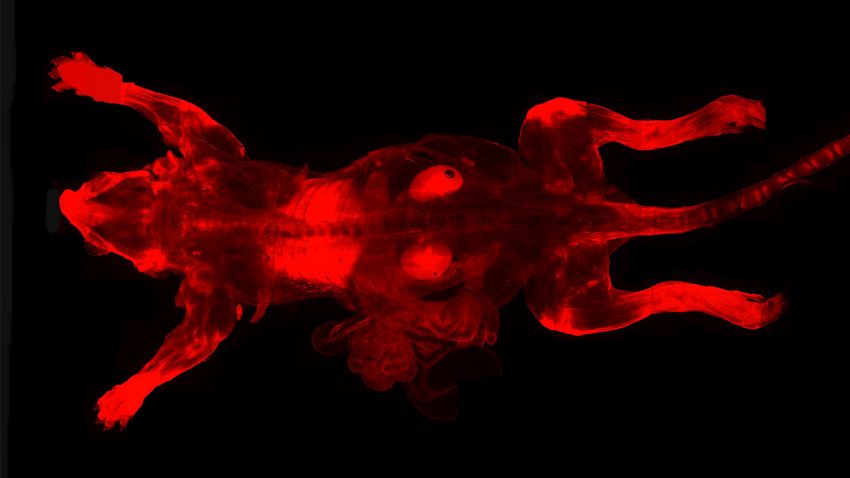To begin with, science versus politics is a very bad start. A better approach would be science AND politics.
It seems like every time there are politics interests, we need to choose a side. However, the basic goal in science is to search for more information to understand better the world around us and how we – as humans – interact with it.
The struggle of science versus politics is no brand news. How many of us laughs now about the time when we believed the Earth was flat, or that our planet was the center of the Universe?
Yes, it is funny. However, nowadays we have anti-vaccine movements, creationism as the only theory for the origin of the world in science classes and global warming unbelievers – and that is not funny at all.
So what is the point? As very well-written by Scientific American, the point is to make scientific information reach people. And to make that happen, we need to communicate well our work.
Unfortunately, influential politicians may have an old-fashioned opinion about science theories (even though they have no academic background to argue about it). In this case, it is essential that we, as scientists and citizens, make sure the scientific knowledge we work so hard to build reaches as many people as possible.
There are many ways to improve science communication. One way that is very effective is visually.
Amanda Montañez, writer for Scientific American, has a great opinion on how we can start:
“Why information graphics? Well, aside from the fact that I make a living creating them, I believe graphics have the potential to be the most easily consumable and shareable type of media, especially for science content. I am more educated and science literate than the average member of the public, but I am not ashamed to say that, when I read a paper, article, or book about science, I look for the pictures first.” Amanda Montañez for Scientific American
The only problem is: most scientists don’t know how to transform their work in visual information.
If you are one of those scientists, here is how we can help. Read our post “Graphical abstract: The extra mile” and get our eBook on how to make scientific infographics!

Subscribe to our newsletter
Exclusive high quality content about effective visual
communication in science.





